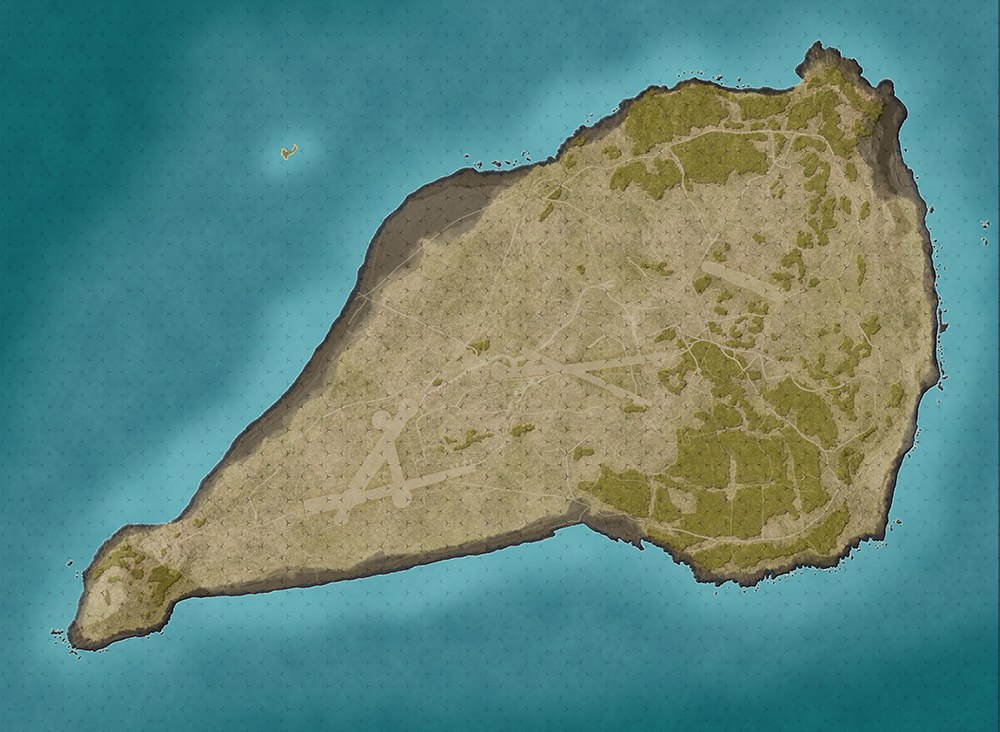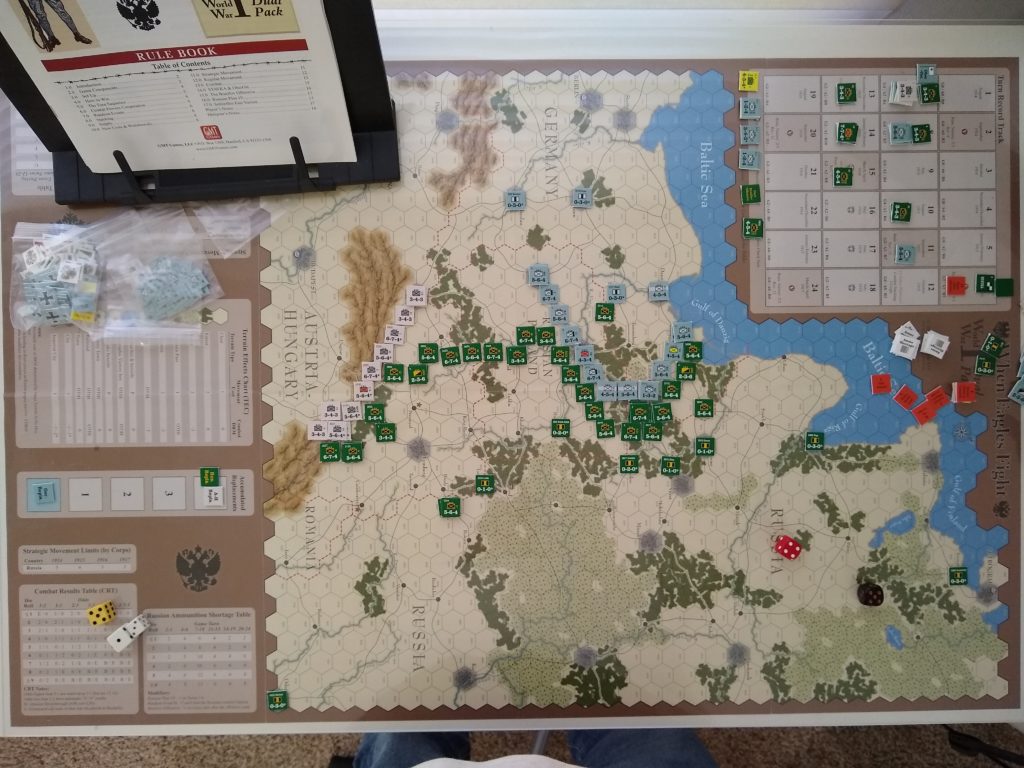I was testing out sounds for opportunity fire and thought this is just too good to keep to myself.
Let me know what you think.
I was testing out sounds for opportunity fire and thought this is just too good to keep to myself.
Let me know what you think.
I use RescueTime to monitor how much time I spend developing. The data below isn’t entirely accurate as it’s only logging data from my main computer. I also use a laptop and my phone but its a good representation.
So out of a total recorded time of 695 hours:
Software Development ~ 65% of my time is spent on coding and testing.
Design ~ 18% This will mainly be in the area of graphics via photoshop.
Communication ~ 9% This includes Slack, Discord, emails etc.
Utilities ~ 9% Not sure exactly what this covers but probably means other development-related tools.
695 hours is about 13 hours a week. If I include the time not captured in this data it’s likely to be around 16 – 20 hours. This is in addition to my full-time job.
If you want to chat with me or other wargame developers then hop over to Discord and join these channels on the Hex! server:
game-development-chat: game-development-chat
and my own channel:
yobowargames: yobowargames
With the upcoming launch of Battle for Iwo Jima, I thought it was about time I had a logo video prepared that I can add to the start or end of future trailers.
Let me know what you think.
Battle for Iwo Jima Steam store page is now live:
And as a reminder, you can buy it now on itch.io.
Its been a while since I have posted an update (always seems to be something more important to do!) so thought I would spend a few minutes giving an update on how things are going.
First up is Valor & Victory. I have been working on the scenario Editor and PBEM Modules. Both are large pieces of work but I am hoping the early versions of both will be working by the end of August. After that comes a lot of testing to make them both as robust as possible. Then I need to finish working on the initial 4 scenarios and make sure they are ready for a possible Alpha test group.
Below is an early screenshot of the scenario editor.

My plan is to make available as many configurations of the maps as possible so there are lots of possibilities for scenarios designers to work with.
Next up is Iwo Jima. I plan to release this in 2020 but have some background work going on.
Below are the new map and the first draft of the units. I think the map looks really good and was designed by Marc von Martial who does a lot of map work for board versions of wargames.





Next is a little teaser of KRIM: VON MANSTEIN’S BATTLES FOR SEVASTOPOL, 1941-42. I am working on this game together with Bruin Bear Games. More detailed updates to come on this soon.

And finally… Picketts Mill which is way off into 2020 but I had the unit’s graphics worked on. I am trying something different here with the units being hexagon shaped. This will allow the units to have a facing if I decide to implement that in the game.

December 2016 I formulated a 3 year plan to see if I could turn writing wargames as a hobby into something a little more serious and able to make money
Today was a big step forward to achieving that goal with Matrix Games taking over publishing duties of some of my games. Those of you that follow my blogs will know that marketing is one of my weak points so having the experts in to do this is I hope is going to be a great help.
I originally signed with them about 3 months ago but it has taken a while to sort out the logistics of transferring the games to their ownership on the various app stores and fix a few issues they thought would improve Korsun.
For me its a very proud moment to see my games grace the front page of Matrix games and to see my games listed on their store pages.
http://www.matrixgames.com/products/800/details/Battle.for.Korsun
Its been a little while since I have posted an update. Not because I don’t have much to say but because I have been working hard in the background to make some great things happen for Yobowargames.
So today’s announcement is that I reached out to Ty Bomba to see if I could work on digital versions of some of his older games. Being the great guy he is, he said yes and so the first one I will be working on is Krim: von Manstein’s Battles for Sevastopol, 1941-1942 that first appeared in Command Magazine #6.
The map graphics for this game will be by Marc von Martial who has worked on great games for Lock
In addition, I will be working on this game with Casey Bruyn from BruinBear Games. The theory being two developers then twice the production speed!
I don’t yet have a firm date for the release of this game but certainly looking to get it out a little later this year. As a small taster here is a first draft of the map from Marc.

And don’t worry work on Valor & Victory is continuing at a fast pace. More big announcements on that coming soon.
Tonight I will be pushing the release button on Steam to push live Invaders From Dimension X. I have been working closely with Mark Walker at Tiny Battle Publishing, who publish and sell the original board game, for the last year.
Mark will be actively
We are already talking about the next game to work on and I will share more information on that once the dust has settled on the Invaders launch.
In between work, developing my games, being a dutiful husband/father and a million other things I also attempt to play wargames (solo).
Currently on my table, handily next to my computer where I do most of my development, is Ted Raicer’s “When Eagles Fight” from GMT games.

I brought this in the GMT sale and set it up during the Christmas break. I have managed to reach turn six and am really enjoying it (I might reach out to Ted/GMT to see if they are interested in turning this into a computer game). Coincidently if you are interested in WW1 eastern front then I can fully recommend Prit Buttar’s 4 book series – Eastern Front in World War I.
I am sure I am not the only one that leaves a game setup for while and returns to it periodically. However have you noticed how said such game seems to attract a disproportionate amount of dust compared to anything else in the nearby region?
Now since I don’t have a gaming room everything is set up in our main living room. So now I have a game that:
Luckily my wife’s birthday is soon and so I can temporarily delay the “Isn’t it time you cleared that up” conversation that is surely coming with a suitably big bribe gift.
If you have any solutions to the dust problem do let me know!